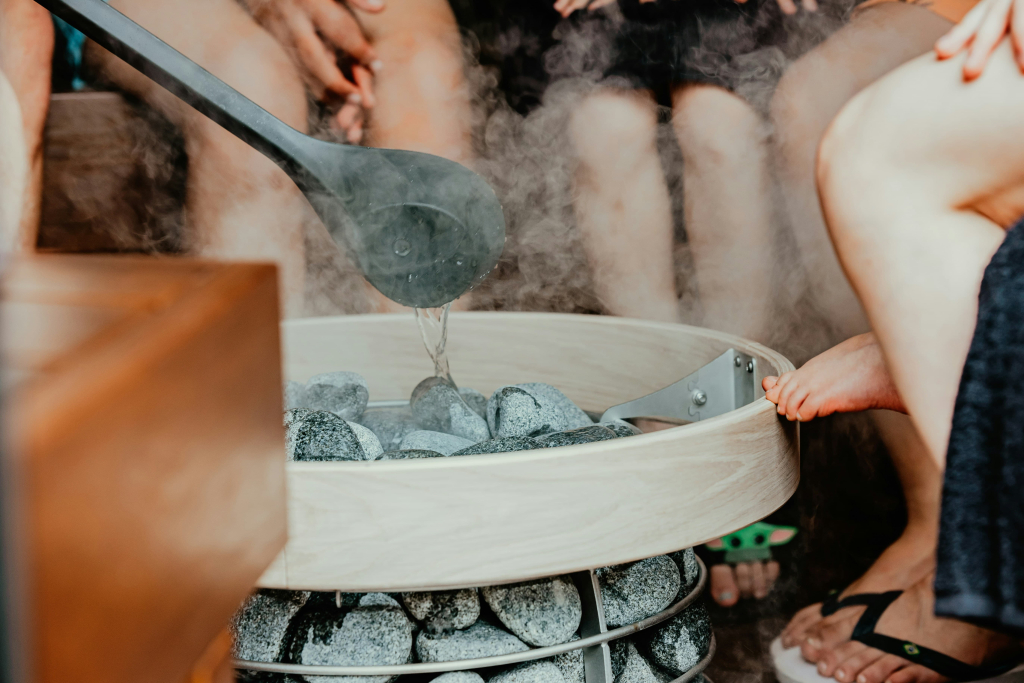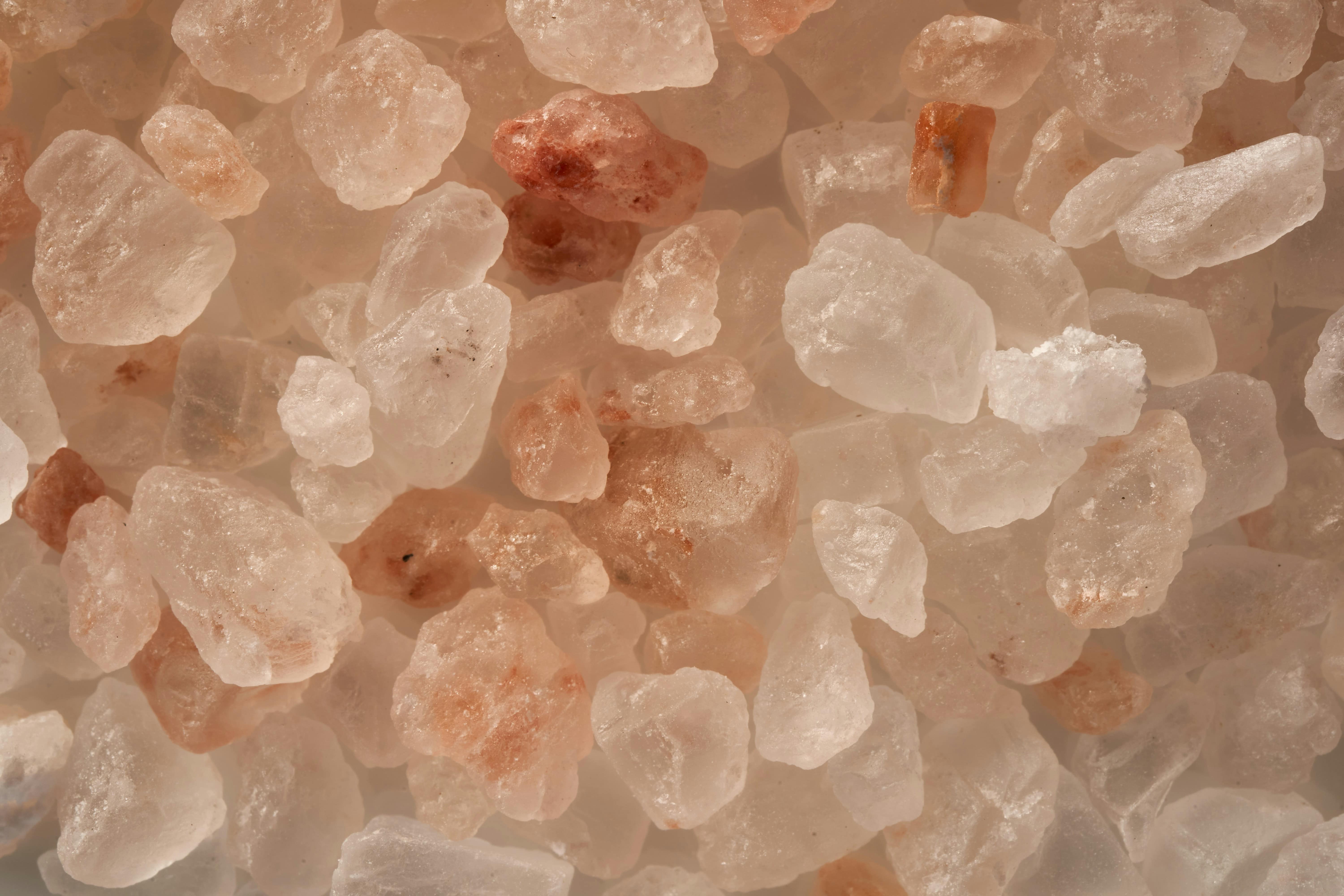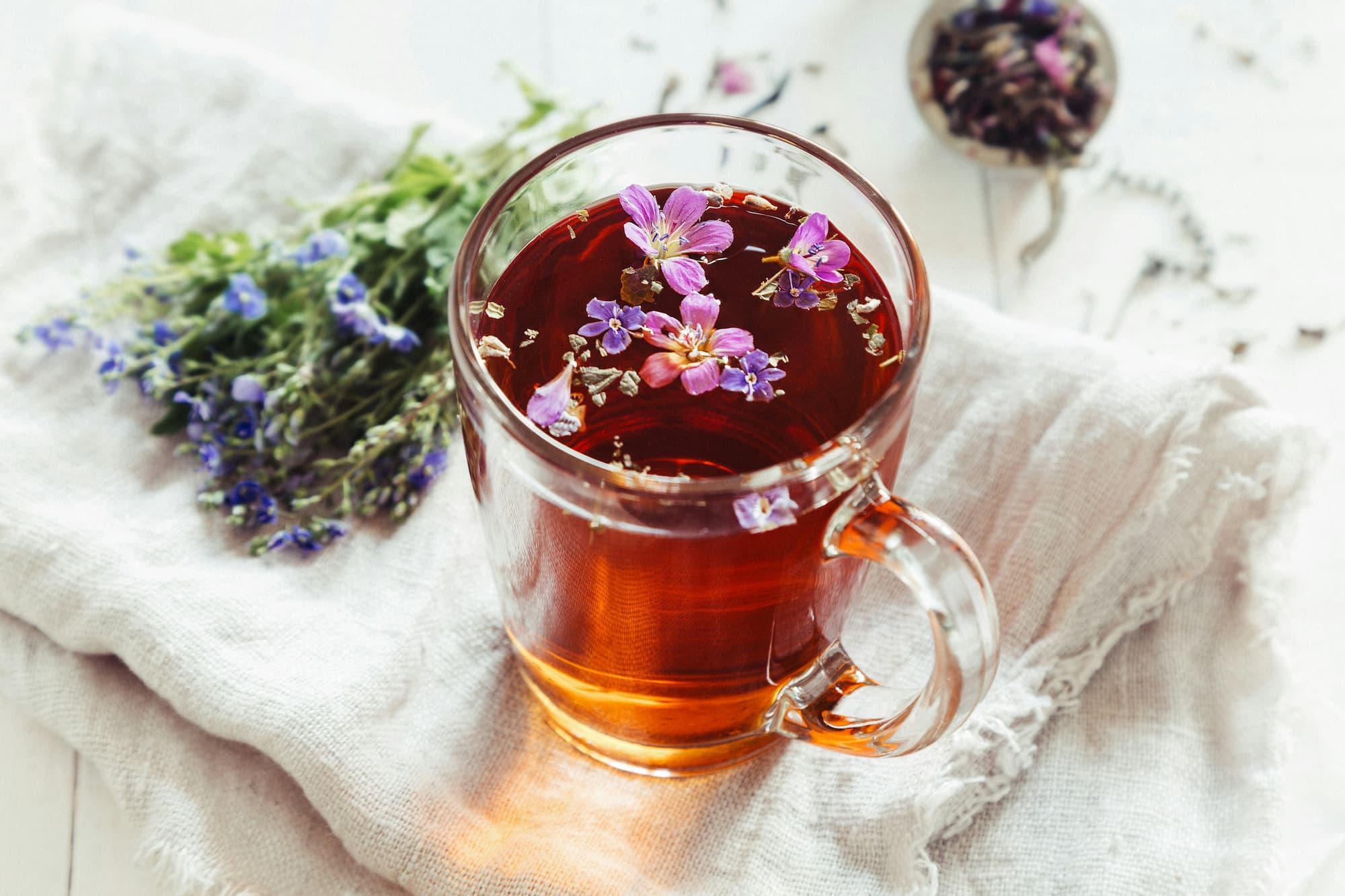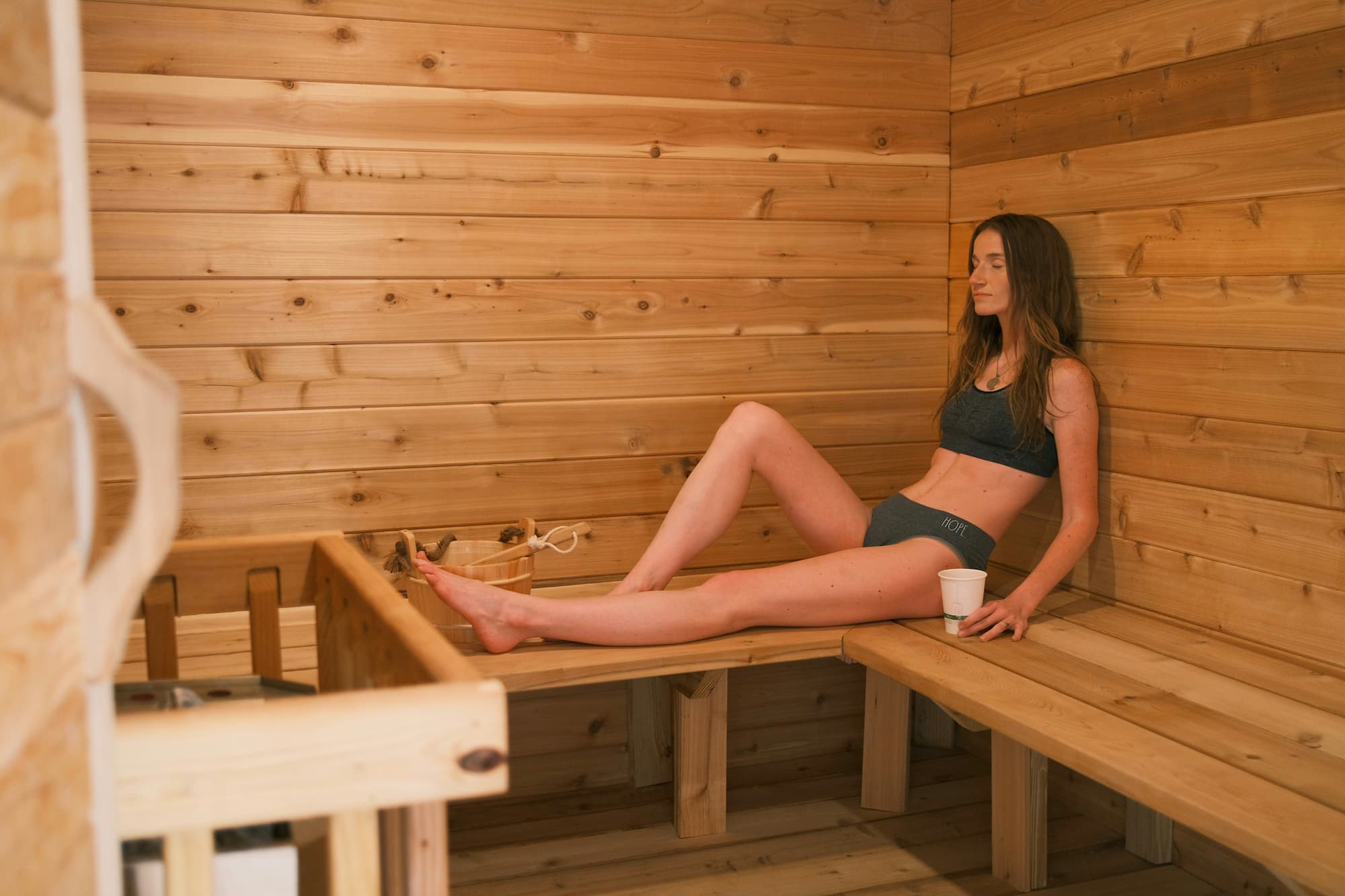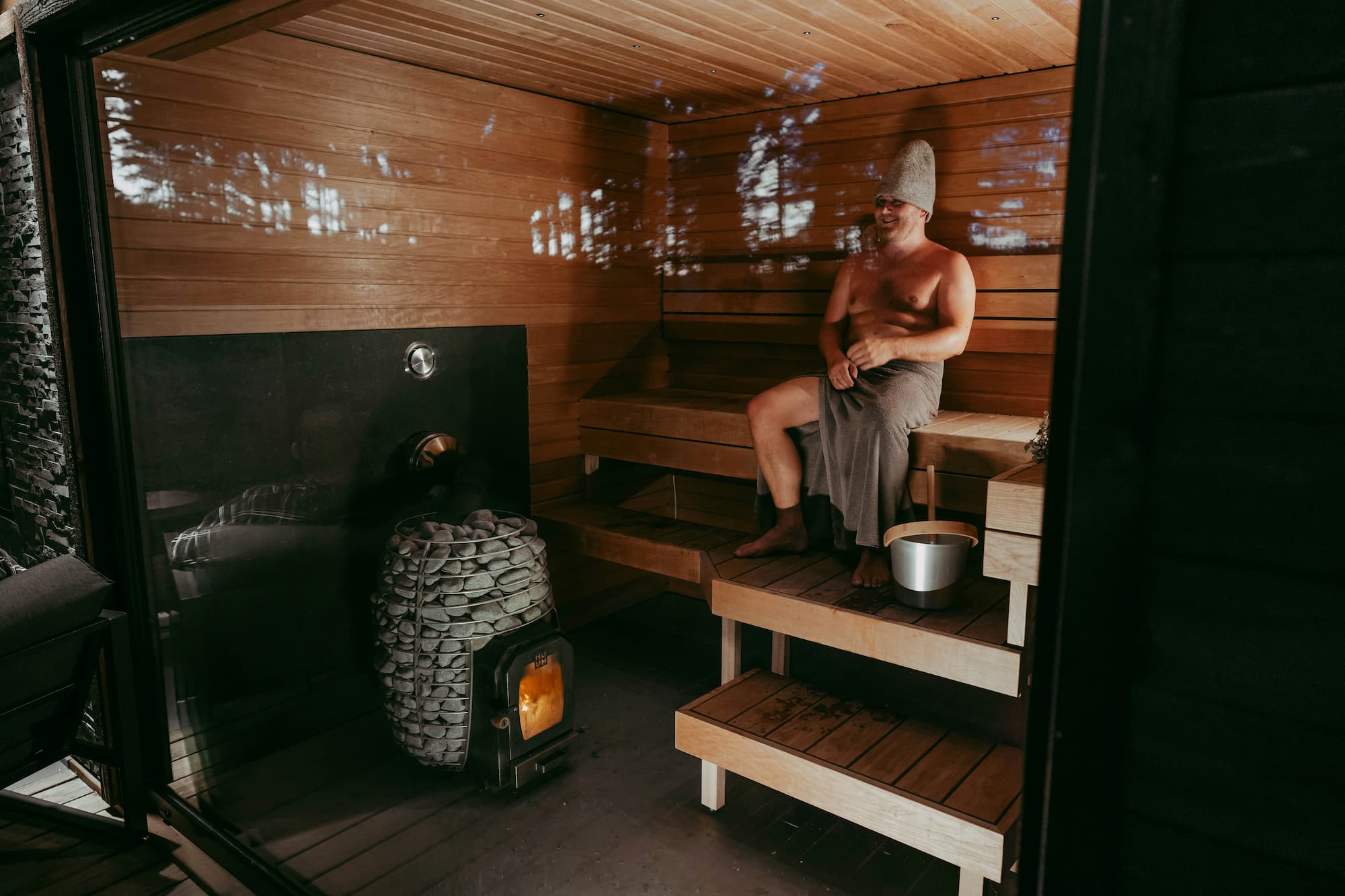How can heat and cold exposure reduce post-workout soreness?

Heat therapy has shown promise in post-workout recovery. Research indicates that heat therapy can help mitigate the effects of delayed-onset muscle soreness (DOMS). Athletes using warm underwater jet massage post-exercise reported significant improvements in athletic performance.1 Another study found that patients who used a heating wrap reported reductions in pain by as much as 47%.2
While ice baths are a common practice among athletes, scientific evidence supporting their benefits for muscle soreness is still inconclusive. In contrast, cold-water immersion has shown positive outcomes for joint mobility, physical activity, and quality of life in individuals with conditions like gout arthritis.
However, determining whether to use heat or cold therapy can be challenging. Muscle strains may benefit from ice therapy to reduce inflammation and promote quick recovery, while muscle knots respond well to heat therapy, improving blood flow and loosening the muscles. In cases of minor strains, a combination of hot and cold therapy may be effective.
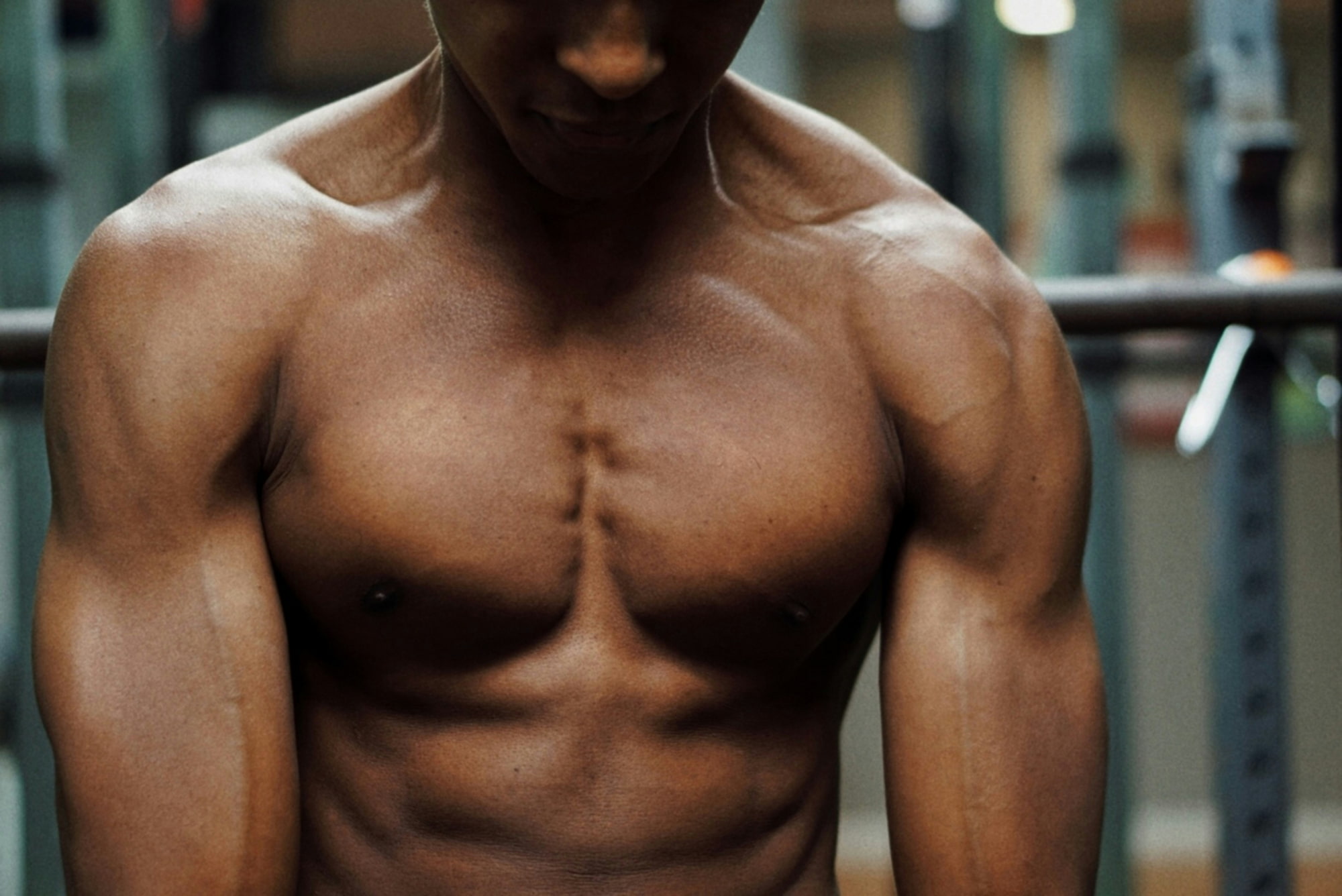
Heat exposure and muscle tissue repair

Extended sauna sessions may have an immediate and profound effect on growth hormone levels. Growth hormone is also known as a repair hormone – it is involved in the growth and development of muscle tissues. A study of 17 male and female participants found that after seven consecutive days in 80°C (176°F) dry heat, their concentrations of growth hormone had increased by up to 16 times.3
How can heat and cold exposure aid in pain relief?

Exposure to both cold and heat triggers the release of endorphins, the body’s natural painkillers and mood enhancers. This natural high promotes feelings of euphoria, reduces pain, and induces relaxation, contributing to improved sleep quality.4
The analgesic effect of warmth on the skin tricks the mind into perceiving less pain, providing relief. Studies suggest that heat therapy is particularly effective in alleviating lower back pain, with participants experiencing significantly less pain when using heat compared to cold therapy.
Additionally, heat exposure therapy increases the release of oxytocin, the “love hormone,” fostering feelings of relaxation, happiness, and connection.5
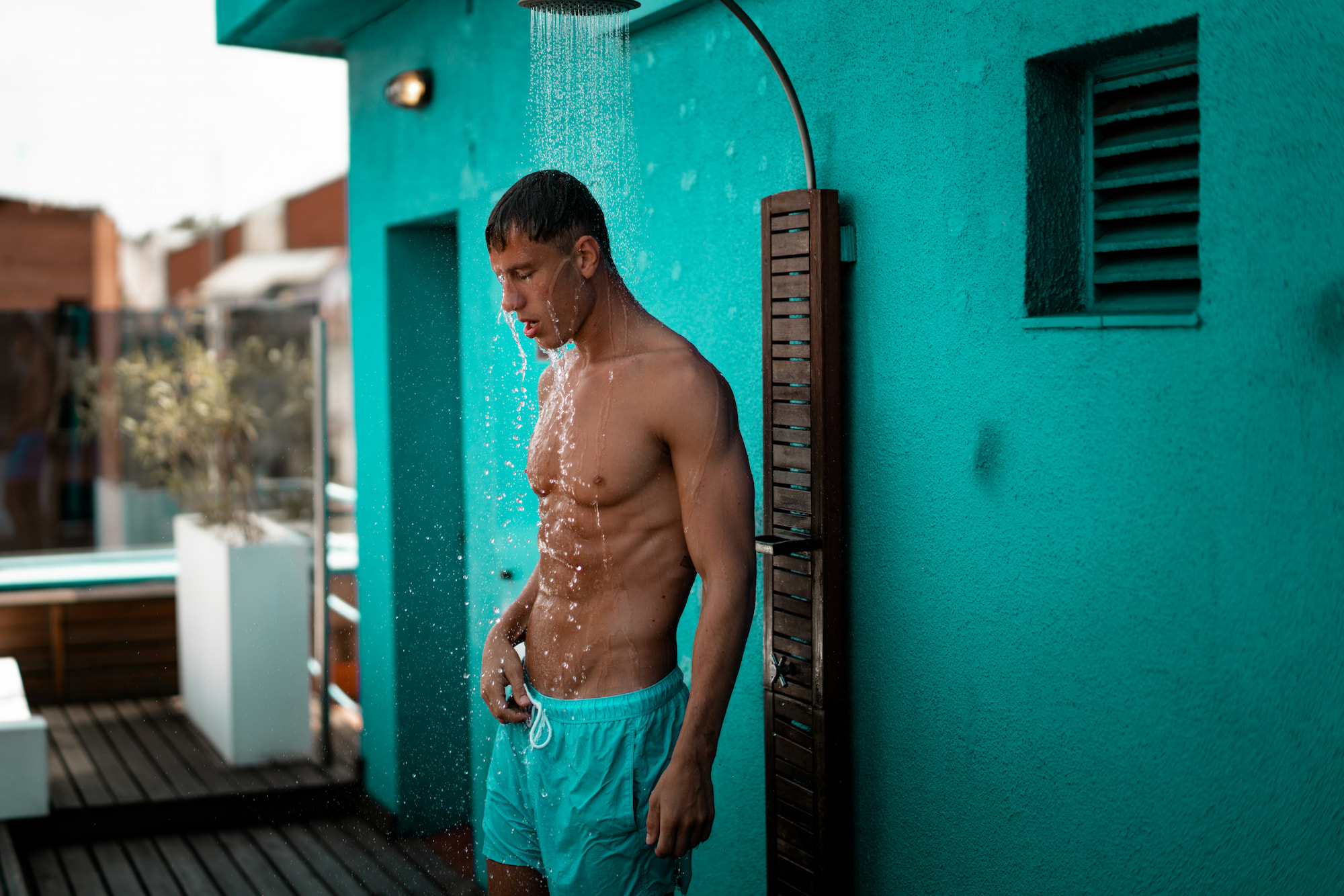
How does exposure to heat and cold help with injuries?

Cold temperatures have been found to reduce inflammation by elevating the levels of adiponectin, a protective protein against inflammation. Research on cold exposure indicates that exercising in colder environments can decrease markers of inflammation compared to exercising in regular-temperature settings. Cold exposure can also improve circulation, which is especially beneficial for those with poor circulation or chronic pain, as improved circulation can reduce inflammation and alleviate symptoms. Heat application to an injured area can also enhance blood flow and circulation, delivering oxygen and essential nutrients, and ultimately speeding up the recovery process.6
Disclaimer

Consult a healthcare provider before beginning cold or heat exposure therapy if you have existing health conditions. Always listen to your body’s signals; if you feel uncomfortable or in pain, adjust your exposure accordingly, or stop and seek advice.
